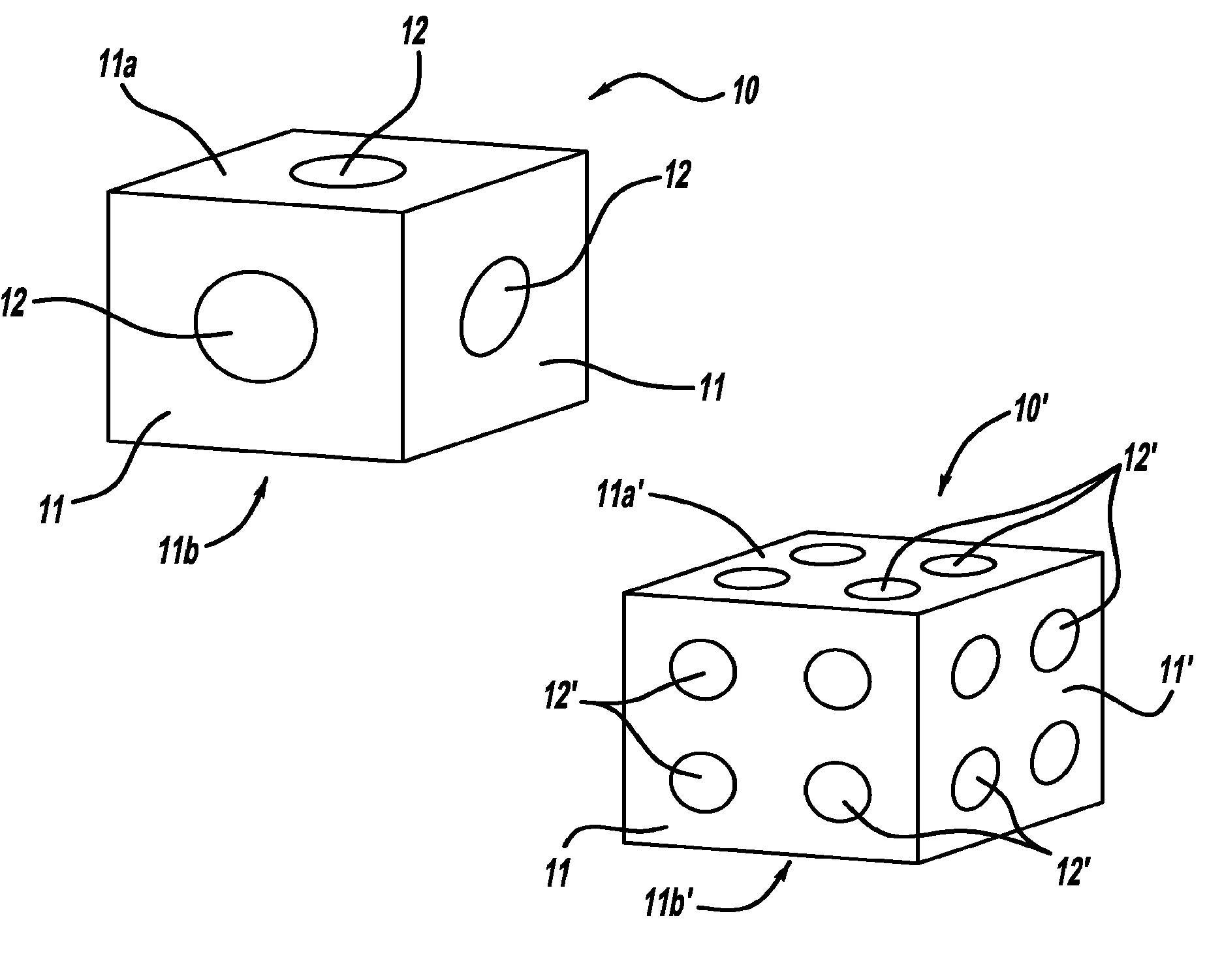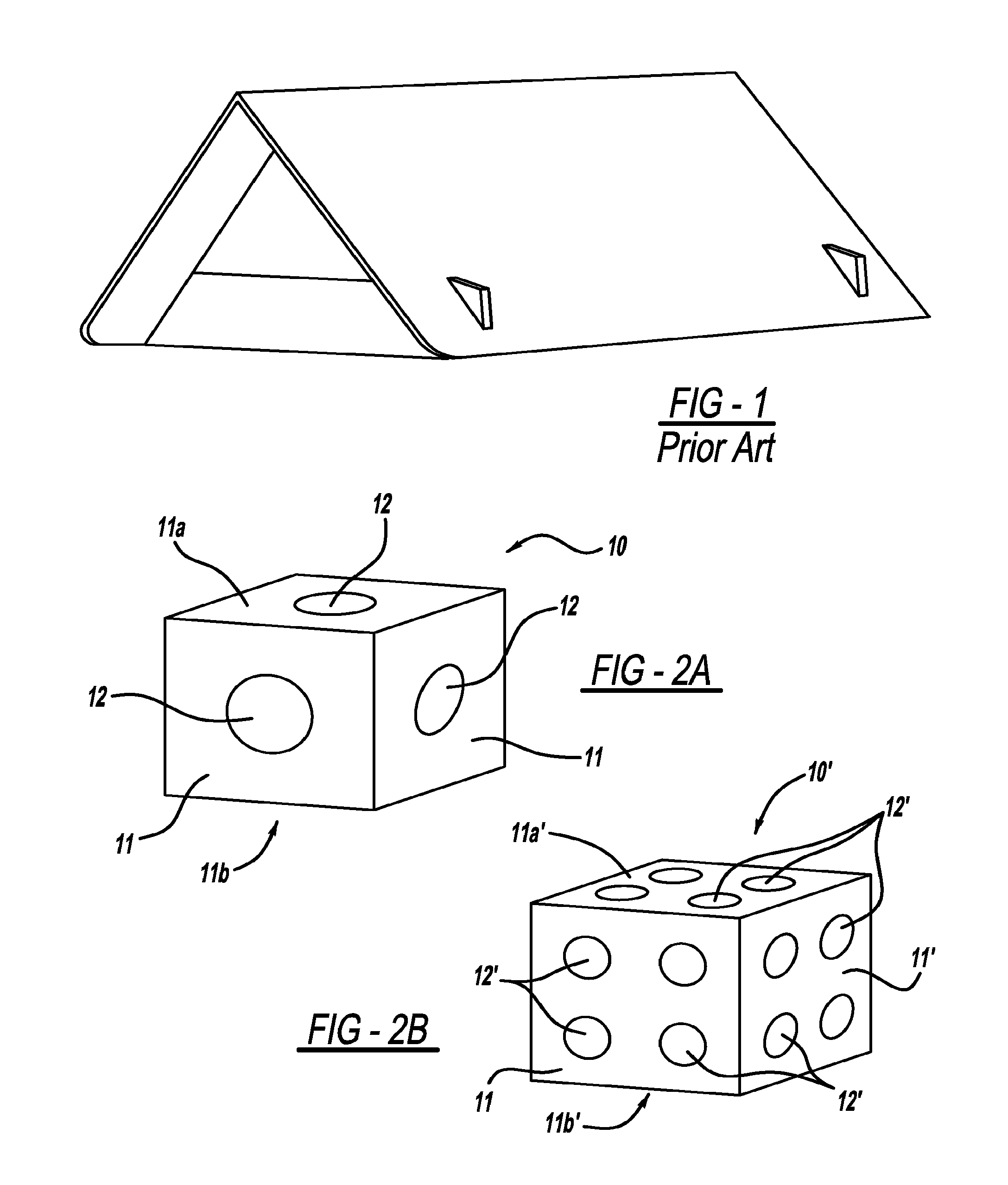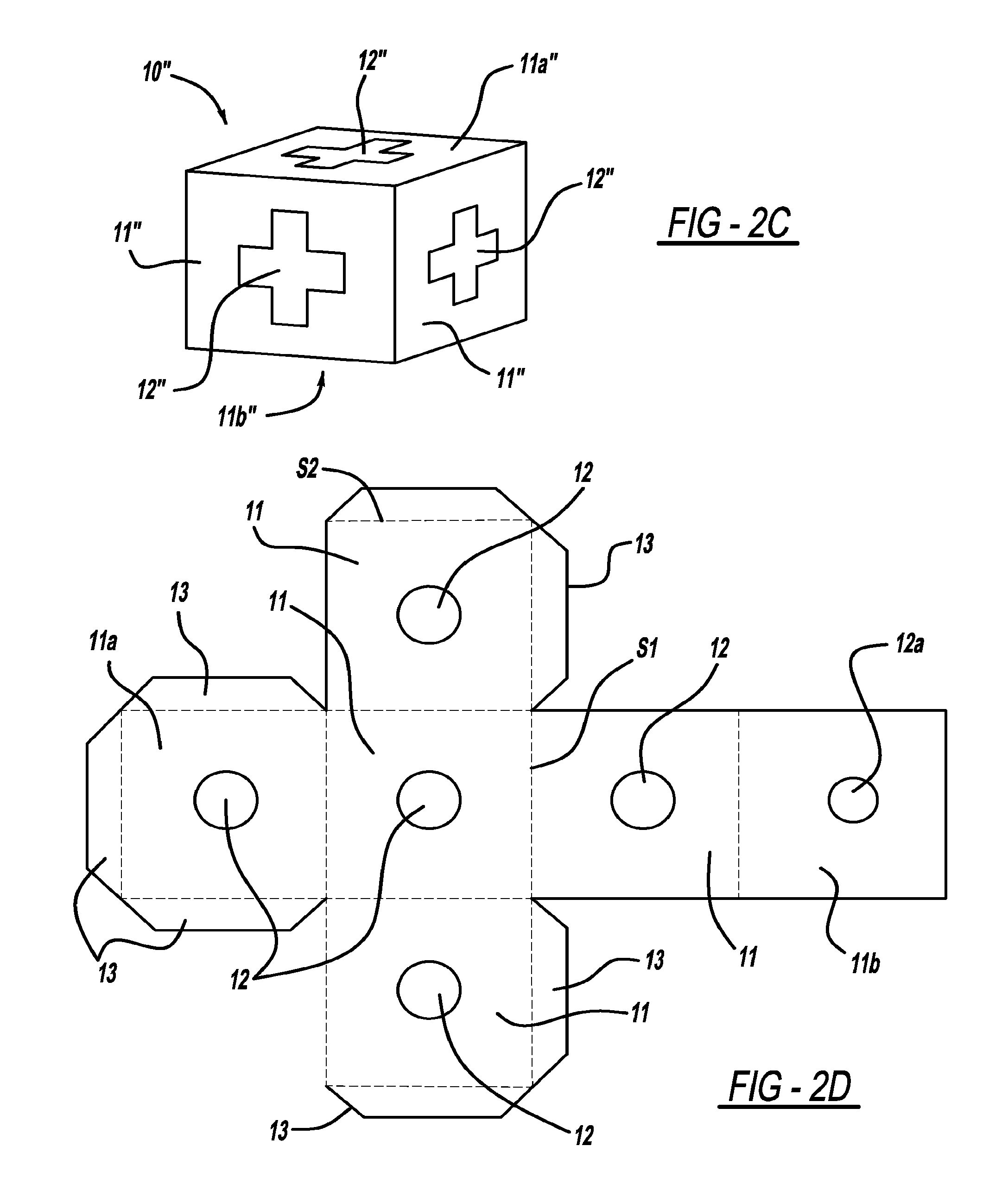Insect traps for mating disruption or monitoring
a technology for insect traps and mating, applied in the field of insect traps, can solve the problems of no commercial insecticides have been successfully combined with pheromones, their sole control method is distraction, and insufficient distraction methods, so as to prevent egress and facilitate water drainage
- Summary
- Abstract
- Description
- Claims
- Application Information
AI Technical Summary
Benefits of technology
Problems solved by technology
Method used
Image
Examples
experimental examples
[0059]In a further comparative study between an insect trap according to the present invention and conventional, commercially available insect traps—namely, the TRÉCÉ PHEROCON VI monitoring trap (commercially available from TRÉCÉ, INC, Adair, Okla.) and a generic equivalent of the TRÉCÉ PHEROCON II monitoring trap (the PHEROCON II being commercially available from TRÉCÉ, INC, Adair, Okla.)—5 single-trap replicates were performed in established apple orchards. Each replicate consisted of a single insect trap per the present invention, a single TRÉCÉ PHEROCON II-equivalent monitoring trap and a single TRÉCÉ PHEROCON VI monitoring trap placed in tress at least 10 meters apart. Each insect trap (those of the present invention and those of the prior art) was loaded with approximately the same amount of attractant (pheromone).
[0060]Once during each week of the study, the individual traps were rotated within their replicate to minimize the effect of trap placement on the experimental resul...
experimental example
[0073]In another study, the effectiveness of different densities of insect traps according to the present invention at capturing codling moths versus a standard mating disruption pheromone, ISOMATE FLEX, without a trap (i.e., just pheromone dispersal), was evaluated in test plots.
[0074]For this study, four treatments were investigated, one each in one of four 0.5 acre test plots in an apple orchard. The four treatments included an untreated test plot (no pheromone), one treatment of a standard mating-disruption pheromone, ISOMATE FLEX, without a trap (i.e., just pheromone dispersal), one treatment of inventive insect traps with adhesive, and one treatment of inventive insect traps without adhesive (to evaluate the present invention as purely a mating disruption device). All pheromone treatments (ISOMATE FLEX and the insect traps of the present invention) were applied at the density of 200 sources per acre. Conventional monitoring traps were positioned in each test plot.
[0075]During ...
PUM
 Login to View More
Login to View More Abstract
Description
Claims
Application Information
 Login to View More
Login to View More - R&D
- Intellectual Property
- Life Sciences
- Materials
- Tech Scout
- Unparalleled Data Quality
- Higher Quality Content
- 60% Fewer Hallucinations
Browse by: Latest US Patents, China's latest patents, Technical Efficacy Thesaurus, Application Domain, Technology Topic, Popular Technical Reports.
© 2025 PatSnap. All rights reserved.Legal|Privacy policy|Modern Slavery Act Transparency Statement|Sitemap|About US| Contact US: help@patsnap.com



